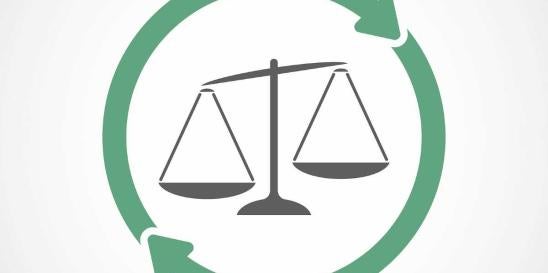Our team at Squire Patton Boggs monitors environmental justice (EJ) developments and provides periodic updates regarding environmental justice topics. Recently, US EPA released draft revisions to its Technical Guidance for Assessing Environmental Justice in Regulatory Analysis (EJ Technical Guidance), and US EPA is currently seeking public comments through January 15, 2024.
US EPA’s EJ Technical Guidance was first published in 2016. While the EJ Technical Guidance is not itself a rule or regulation, its purpose is to outline analytic expectations, best practices, and particular technical approaches and methods that US EPA analysts can use to evaluate EJ concerns in regulatory actions. The guidance is organized into seven chapters. Chapters 1 through 4 establish objectives, definitions, main analytic considerations, and context for an assessment of EJ concerns in support of US EPA regulatory actions. Chapters 5 and 6 are the main technical chapters of the document, providing guidance for considering environmental justice in two contexts: (1) when planning a Human Health Risk Assessment and (2) when conducting regulatory analyses to assess environmental justice concerns. Finally, Chapter 7 identifies near-term research needs related to analysis of environmental justice concerns.
On December 6 and 12, US EPA held informational webinars on the EJ Technical Guidance revisions, and presentation materials are available online. Updates to the EJ Technical Guidance are intended to reflect latest science, new peer-reviewed US EPA guidance, and new terminology, priorities, and direction. Generally, changes include a focus on integrating environmental justice early in the rulemaking process and expanded discussions on meaningful involvement as it pertains to environmental justice analysis. Other revisions include updating and expanding terminology; refining analytic questions and overarching recommendations for analysts; expanding discussion of cumulative impacts; and revising how analysts identify and evaluate analytic approaches. US EPA also highlighted that the research priorities in Chapter 7 are currently based on listening sessions and interviews with US EPA program office staff, but US EPA plans to expand this chapter in the final document to incorporate public input. Additional detailed discussion of the proposed revisions is summarized in US EPA’s presentation materials.
Though the main audience for the EJ Technical Guidance is US EPA analysts, EPA has acknowledged that others, including state and local governments, may ultimately use the document as guidance for their own environmental justice programs. Consequently, the EJ Technical Guidance revisions could have reach beyond the federal regulatory context. EPA is accepting public comments on the guidance through January 15, 2024.





 i
i


